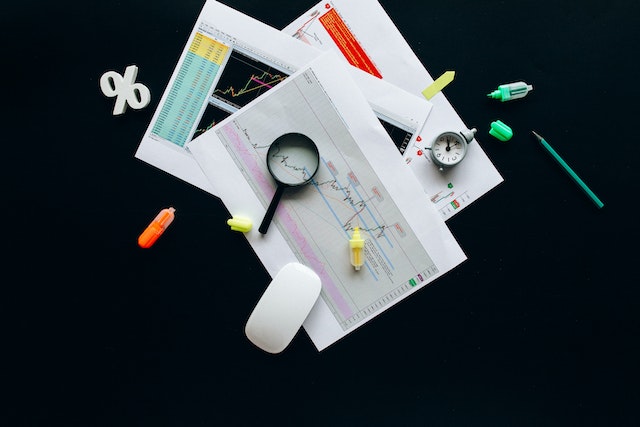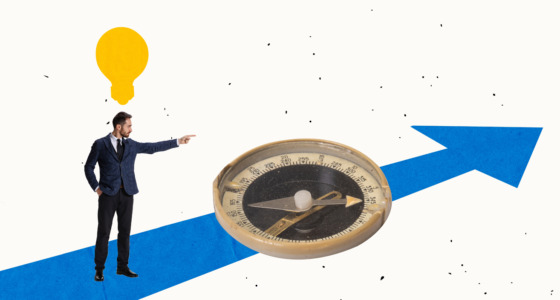

It can be tough trading with confidence if you’re new to the markets or in the midst of a losing streak. If you’re struggling, follow our six top tips for trading with confidence in the trickiest of markets.
Have a plan for the trade
Before you even open the trade ticket and start to place your order, you should know exactly where your stop loss and profit targets will be. Knowing this not only allows you to ignore stuff happening on a lower timeframe but also to properly assess your risk:reward ratio.
It’s much easier to trade with confidence when you know where you want to be getting in and out of a trade, rather than exiting on a whim because of something you’ve seen on the chart that’s triggered either fear or greed inside of you.
This is a common problem with new traders: they’ll take a trade on, say, a 1h timeframe and look at the 5m timeframe, see something they don’t like, and exit, only for price to eventually hit their target. Stick to your plan.
Follow a trading system
Traders generally fall into two categories: discretionary and systematized. The former usually relies on substantial market experience to choose their trades, while the latter waits for a set amount of conditions to be fulfilled before trading, like an algorithm.
New and unconfident traders rarely have success being discretionary, as they’re often too unsure of themselves to know what they want to see before entering a trade. Following a rule-based trading strategy removes the guesswork, and your probability of success increases dramatically.
For example, you might only take a trade when you see a bullish divergence formed on the RSI and two lower highs being put into the market, as long as the higher timeframes are also bullish.
Take partial profits
While letting trades play out to your target is a good practice, some traders find benefits in taking partial profits. If your trade has been going well before suddenly reversing and hitting your stop loss, you’ve at least gotten something out of it.
If your trade ends up hitting your target, great. You’ll end up with a reduced profit in this scenario if you did partial, but you took risk off the table, which is a worthy price to pay. You could, for example, take 30% out halfway to your target, covering any loss you potentially might incur if the trade hits your stop, effectively making it a ‘free’ trade.

Employ proper risk management

As a rule, avoid risking more than 2% of your account on a trade. This means that, should you lose a trade, you never lose more than 2% at once. By doing this, it means you’d need 50 losing trades in a row to blow up your account.
Risking less becomes much easier on you psychologically, as risking too much can both put you off trading and cause you to chase trades in a desperate attempt to claw back profit. If you keep your risk:reward high and the amount you risk low, it becomes a matter of probability that you’ll become profitable.
Focus on your strengths; mitigate weaknesses
If you have more than three or four active indicators on your chart right now, this one is for you: more indicators = more confusion. You’ll get much, much more value out of one indicator you know well rather than relying on five you have a surface-level knowledge of from guides found online. When you have an indicator you genuinely understand, it becomes a lot easier to read the market.
Likewise, if you know that trading a particular chart pattern, style or timeframe works well for you, exploit your strengths. Learn more and become better at identifying what exactly you want to see before entering a trade.
If you have a particular weakness, maybe something in your psychology or a type of trade you perform poorly with, work to mitigate its impacts. It could be being mindful of a trait you have or avoiding a setup altogether. Just make sure its influence doesn’t come into your trading.
Log and review your trades in a journal
Finally, keeping a log of your trades is something that every professional trader does. It not only forces you to think the trade through, but it can be an excellent opportunity for reflection on what worked and what didn’t.
Many find success with a simple Excel spreadsheet that records the data about the trade and any notes. It’s not exactly Gordon Gecko-glamorous, but taking the time to review your trades can accelerate your learning faster than the vast majority of resources can. You might identify patterns, reasons why your methodology didn’t work, and the type of trades you’re best at. It will boost your confidence, guaranteed.




